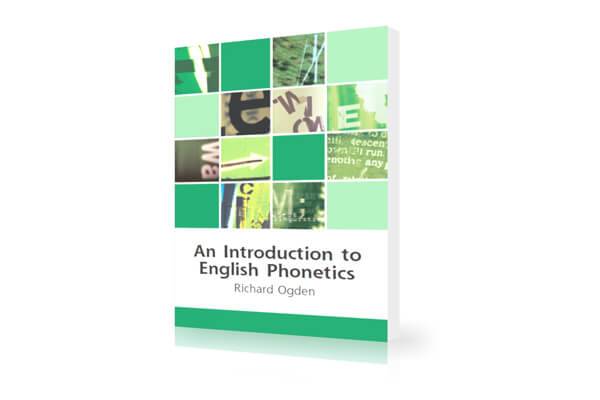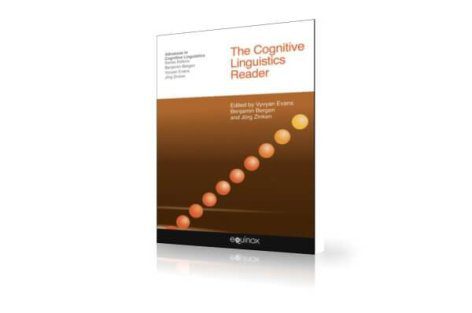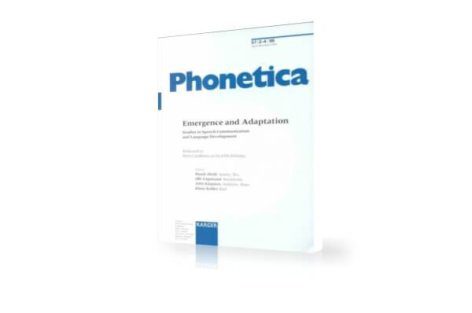
در این مطلب کتاب فونتیک زبان انگلیسی با نام An Introduction to English Phonetics را خدمت شما لینگومنان عزیز تقدیم می کنیم.
کتاب آموزش فونتیک زبان انگلیسی
دانستن و به کارگیری آوانگاره یا همان فونتیک زبان انگلیسی همیشه از موارد ضروری و اجتناب ناپذیر این زبان و به خصوص برای آندسته از زبان پژوهانی می باشد که رشته شان یکی از گرایش های مترجمی، ادبیات و یا آموزش زبان انگلیسی می باشد.
همانگونه که مطلعید دانستن فنوتیک کلمات هنگامی که شما واژه نامه ای را گشوده و به دنبال تلفظ واژهای می گردید بسیار کاربردی می باشد. به صورت تخصصی نیز برای دانشجویان و استادان رشتهی زبان انگلیسی به کارگیری این نشانه ها کمک شایانی برای نگارش صحیح تلفظ واژگان می نماید. امید است این کتاب نیز مورد توجه علاقمندان به زبان انگلیسی مخصوصا دانشجویان این رشته قرار گرفته باشد. هم اکنون می توانید این کتاب ارزشمند را از لینگومن دریافت فرمایید.
An Introduction To English Phonetics
Immediately I had agreed to write a book with the title ‘Introduction to the Phonetics of English’, I realised that describing the phonetics of ‘English’ is problematic because English is so phonetically hetero – geneous. So the result is a book that is more about phonetics, with illustrations from around the English-speaking world. It is not a complete description of any one variety; rather, my intention has been to try to provide enough of a descriptive phonetic framework so that readers can describe their own variety in reasonable detail.
I have tried in this book to concentrate on how to go about about doing phonetics, and to show how phonetics can inform our understanding of categories like ‘voicing’, and explain sound changes like the vocalisation of laterals, and how phonetic details relate to meaning and linguistic structure on many levels. I have tried to take a broad view of what ‘meaning’ is, so the book is not limited to phonemes and allophones.
Following J. R. Firth, I use the word ‘sound’ as a neutral term. Con – sequently, this book contains many things that many introductory textbooks don’t. Glottal stops are included among the plosives; clicks and ejectives find a place; and where possible the data comes from naturally occurring talk, without giving too much weight to citation forms. This is, I admit, a controversial decision; but my own experience has been that students want to be able to engage with the stuff of language that surrounds them, and with appropriate help, they can do that.
In common with many introductory books on phonetics, this one leaves out much explicit discussion of rhythm, intonation and other ‘prosodic’ features. This isn’t because I think they are unimportant; but teaching them often involves working with hunches and intuitions, and any framework for description moves quickly into phonological representations that can be complex. So only the bare bones are covered in this book.
Likewise, assimilation, a common topic of introductory textbooks, is not covered much in this book. When considered as a phonetic phenomenon, recent work shows that it’s much more complex than traditional descriptions imply. The chapters here, I hope, will give students enough grounding in observing and understanding the phonetic organisation of talk so that understanding phenomena such as assimilation will be easier.
 لینگومن | لینگومن | خرید و دانلود کتاب، نرم افزار، فیلم و انیمیشن آموزش زبان
لینگومن | لینگومن | خرید و دانلود کتاب، نرم افزار، فیلم و انیمیشن آموزش زبان



















سلام. این سری از بهترین کتاب ها در حوزه آموزش فونتیک زبان انگلیسی هست. ممنون از شما بابت نشر این کتب.